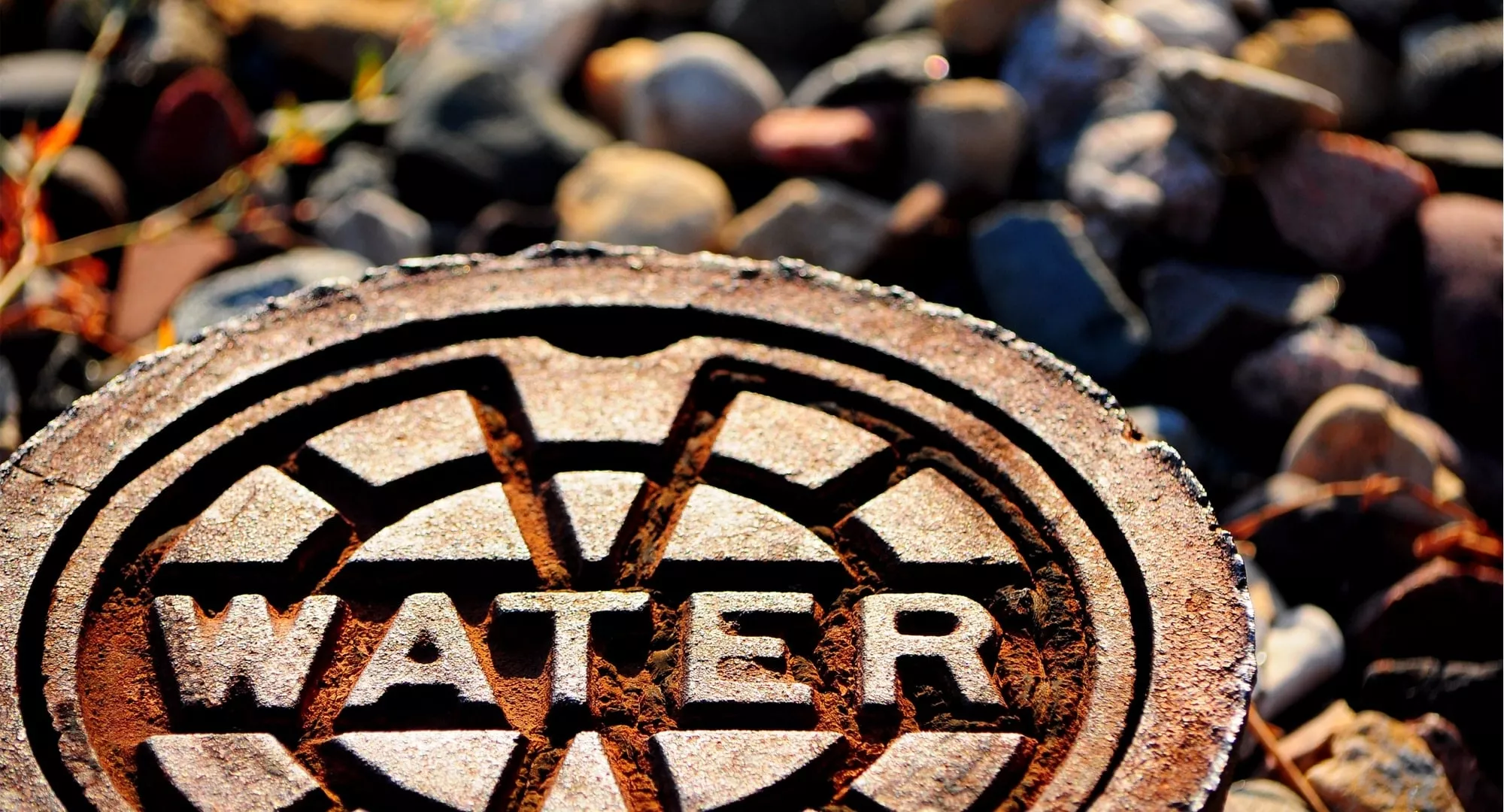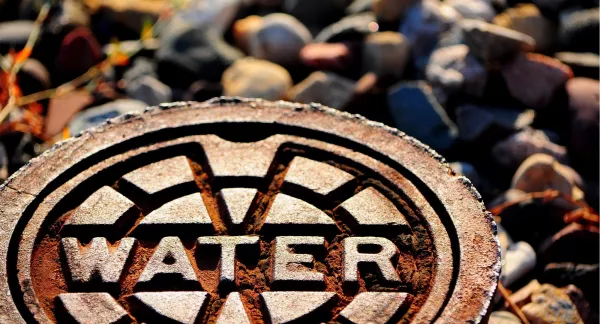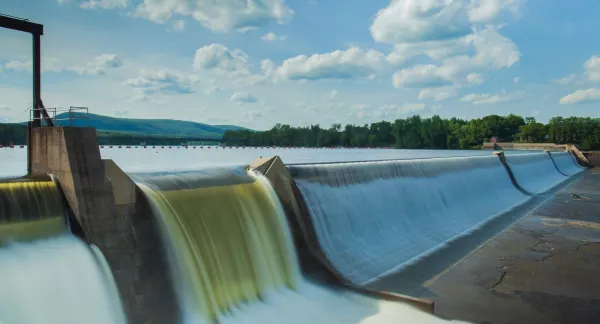
Improvements to Minimize I&E Existing Intakes
Abstract
Human population projections indicate that the demand for potable water will increase over time. This demand can be responsibly met through a diversified water supply portfolio, a component of which is desalinated water. Therefore, it is important to be mindful of the potential environmental impacts posed by desalination operations and prepare in advance to minimize these impacts. The operation of intake structures designed to supply feed water to the desalination treatment processes creates potential environmental impacts. In particular, the withdrawal of water poses a risk of IM&E of aquatic organisms residing in the source water body. Careful consideration of these potential environmental impacts is also critical because they can significantly affect facility economics by dictating intake type, size, location, and operational requirements as well as the type and magnitude of mitigation required to offset the impacts. The project provides guidance on the intake technologies and modifications that have potential for mitigating IM&E of marine organisms at existing seawater intake structures. If existing intakes can be modified for desalination use, the seawater desalination industry can realize reduced capital costs associated with constructing new intakes.
Originally funded as WERF project Desal-10-04.


